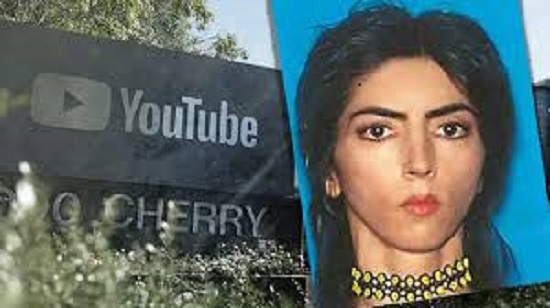We have twice before posted strong pleas for the giant tech companies—especially Alphabet/Google/YouTube, Apple, and Facebook—to stop expanding their Silicon Valley facilities rather than creating/expanding sizable operations in other cities. They’re mostly software companies, which could be located anyplace with high-speed data transmission capabilities!!! Are these companies afflicted by cases of hubris?
We wonder why all those cities who were campaigning for the Amazon HQ2 aren’t similarly campaigning for expansions of other tech giants.
We also wonder why Silicon Valley communities have not been able to either (1) extract enough money from these companies to compensate the many victims (long commutes, wasted time in traffic jams, inability to find housing, homelessness, etc., or (2) tax the companies so much that it makes it uneconomic to expand there.
Other organizations that are keeping up the good fight include the San Francisco Peninsula Resident Association.

